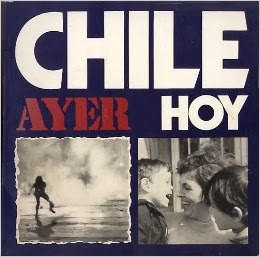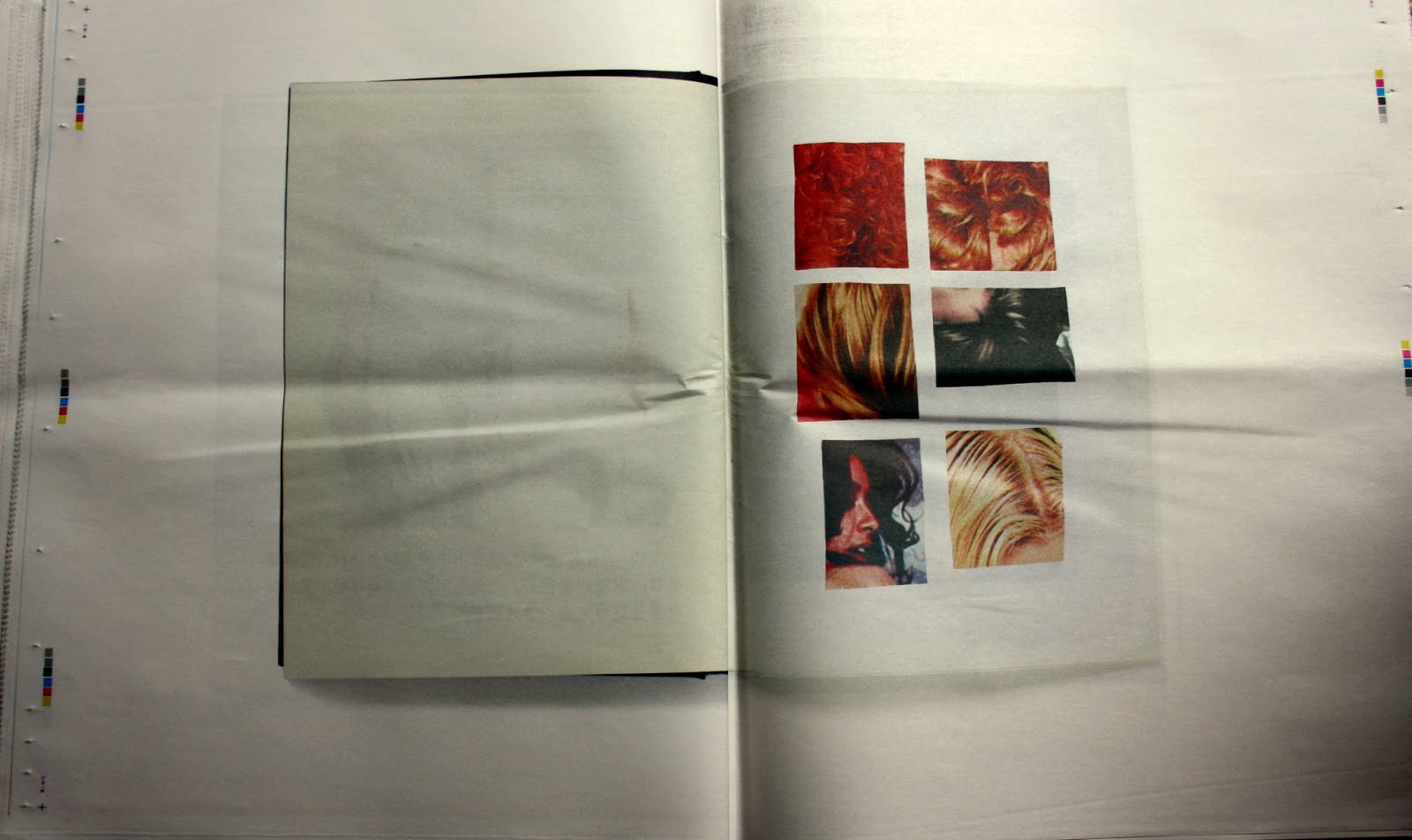Archivo
Martin Parr (ed)
Amsterdam: Archivo, 2009.
softcover
Archivo is a bi-monthly journal and fully dedicated to the personal archives of photographers.
softcover
Archivo is a bi-monthly journal and fully dedicated to the personal archives of photographers.
PYONGYANG
by Anonymous
Santiago, Chile: Editora Nacional Gabriela Mistral, nd [1975] Paperback First edition, first printing. Good paperback with wear at the edges and extremities, a small tear at the crown, and shelf wear; interior clean and bright. BOOKS SHIP THE NEXT BUSINESS DAY, WRAPPED IN PADDING, IN A BOX. 100 pages; 119 b&w and 1 color photograph; 9.5 x 9.5 inches. Text in English, Spanish and French. Published by the military junta after the 1973 coup to show what a better place Chile was now that the Communists were out of power. See Fernandez, The Latin American Photobook, p103.
Nicaragua : la guerra de liberación = der Befreiungskrieg / Ernesto Cardenal, Richard Cross.
[Managua, Nicaragua] : Ministerio de Cultura de Nicaragua
Photo album published by the Press and Publication Office run by Theodore Sarrouf in Jaffa in 1933 about the demonstrations in Palestine.
(RABIN, Yitzhak) (REAGAN, Ronald) Bar-On, Mordechai, Col., editor. Israel Defence Forces. The Six Day War 5.6.67… 10.6.67. Israel: Israel Defence Forces, and the Publications Division of the Ministry of Defence, 1968. Large quarto (10-3/4 by 12 inches), original brown paper boards, graphic endpapers, original dust jacket. Housed in a custom clamshell box.
First edition of a seminal early record of the 1967 Six Day War, an exceptional presentation/
association copy inscribed on the second page of text, shortly after publication, by then General Rabin to Ronald Reagan as Governor of California. Rabin, who became Israel’s Fifth Prime Minister, won the Nobel Peace Prize with Shimon Peres and Yasser Arafat one year before his assassination, and Reagan became America’s 40th President. This authoritative work, containing text by both Rabin and Moshe Dayan, features 12 full-page maps with color-outlined overlays and is profusely illustrated with hundreds of photogravures, many full page (15 in color), including photographs by noted photographers Cornell Capa and Don McCullin.
This highly memorable presentation/association copy of Israel Defence Forces is inscribed by Yitzhak Rabin soon after publication to Ronald Reagan, America’s 40th President, who was then Governor of California. As General, Rabin led Israel to victory in the 1967 Six Day War and became Israel’s fifth Prime Minister. In 1994 Rabin won the Nobel Peace Prize with Shimon Peres and Yasser Arafat, the same year he was awarded the Ronald Reagan Freedom Award, and only one year before his tragic assassination. In a prefatory essay to this important work, Moshe Dayan, as Israel’s Minister of Defence, writes: “During those Six Days, the Israel Defence Forces fought a coordinated campaign without let-up in desert and on mountain, in the air and on the sea, in night and day actions, with amour and infantry, from the walls of Jerusalem to Mount Hermon in the north and to Sharm e-Sheikh in the south.” In his own introduction Rabin pays further tribute to hard-fought struggle, adding: “most important of all was the spirit of the individual fighting man ready to risk his life at all times. This book tells the story of the battles… But it is dedicated to the entire nation of Israel, who stood with steadiness and courage behind their defenders.” With prefatory essay by Moshe Dayan and introduction by Rabin. Text by Nathan Shaham.
Now the Story Can Be Told: The PLO
This highly memorable presentation/association copy of Israel Defence Forces is inscribed by Yitzhak Rabin soon after publication to Ronald Reagan, America’s 40th President, who was then Governor of California. As General, Rabin led Israel to victory in the 1967 Six Day War and became Israel’s fifth Prime Minister. In 1994 Rabin won the Nobel Peace Prize with Shimon Peres and Yasser Arafat, the same year he was awarded the Ronald Reagan Freedom Award, and only one year before his tragic assassination. In a prefatory essay to this important work, Moshe Dayan, as Israel’s Minister of Defence, writes: “During those Six Days, the Israel Defence Forces fought a coordinated campaign without let-up in desert and on mountain, in the air and on the sea, in night and day actions, with amour and infantry, from the walls of Jerusalem to Mount Hermon in the north and to Sharm e-Sheikh in the south.” In his own introduction Rabin pays further tribute to hard-fought struggle, adding: “most important of all was the spirit of the individual fighting man ready to risk his life at all times. This book tells the story of the battles… But it is dedicated to the entire nation of Israel, who stood with steadiness and courage behind their defenders.” With prefatory essay by Moshe Dayan and introduction by Rabin. Text by Nathan Shaham.
1957 in Eng land A Sou venir of the lives and times of peop le supporting and accompanying the 47th Bombardment Wing, Tactical United States Air Force during the historic year of nineteen hundred and fifty-seven
Published by United States Air Force, Sculthorpe, Norfolk, 1957
Unpaginated. Front cover creased and dog-eared, and spiral binding broken at the bottom. Contents clean w just a little finger-creasing. Packed with photographs, mainly black and white, a pictorial souvenir of England.
The illustrations for this exhibition are taken from the book Portugal 1934[3] published in Lisbon and edited by S.P.N. The acronym stood for the Secretariado Nacional de Propaganda in the days before Joseph Goebbels put such negative connotations on the word that it is still difficult to use it. This book was the official propaganda book for the Estado Novo, the right-wing regime inaugurated by António de Oliveira Salazar in 1933 and it includes photographs by the most famous Portuguese photographers of the time:Alvão, A. Rasteiro, João Martins, Diniz Salgado, Ferreira da Cunha, Francisco Santos, Horácio Novais, J. Benoliel, José Mesquita, Luis Teixeira, Pinheiro Correia, Mário de Novais, Octávio Bobone, Raimundo Vaissier, Raúl Reis, Salazar Diniz, Serra Ribeiro and V. Rodrigues.
Footnotes
- Λ David Elliott (ed.), 1979, Alexander Rodchenko, 1891–1956, (Oxford, England: Museum of Modern Art); S.O. Khan-Magomedov, 1986, Rodchenko: The Complete Work, (Cambridge: The MIT Press); Alexander Lavrentiev, 1995, Alexander Rodchenko: Photography 1924–1954, (Edison, NJ: Knickerbocker Press); Peter MacGill & Gerhard Steidl (eds.), 2012, Rodchenko, (Steidl Pace/MacGill); P. Noever (ed.), 1991, Aleksandr M. Rodchenko and Varvara F. Stepanova, (Munich: Prestel); Margarita Tupitsyn (ed.) & Christina Kiaer, 2009, Rodchenko and Popova: Defining Constructivism, (Tate)
- Λ Erika Wolf, 1999, "When Photographs Speak, To Whom Do They Talk? The Origins and Audience of SSSR na stroike (USSR in Construction)", Left History, vol. 6 no. 2, pp. 53-82
- Λ Black cover. Fully illustrated with almost 200 photographs. This large format edition was published with three different covers (orange, green and black). The book includes several half-size pages, full double-pages bleeds and fold-outs.

















































































